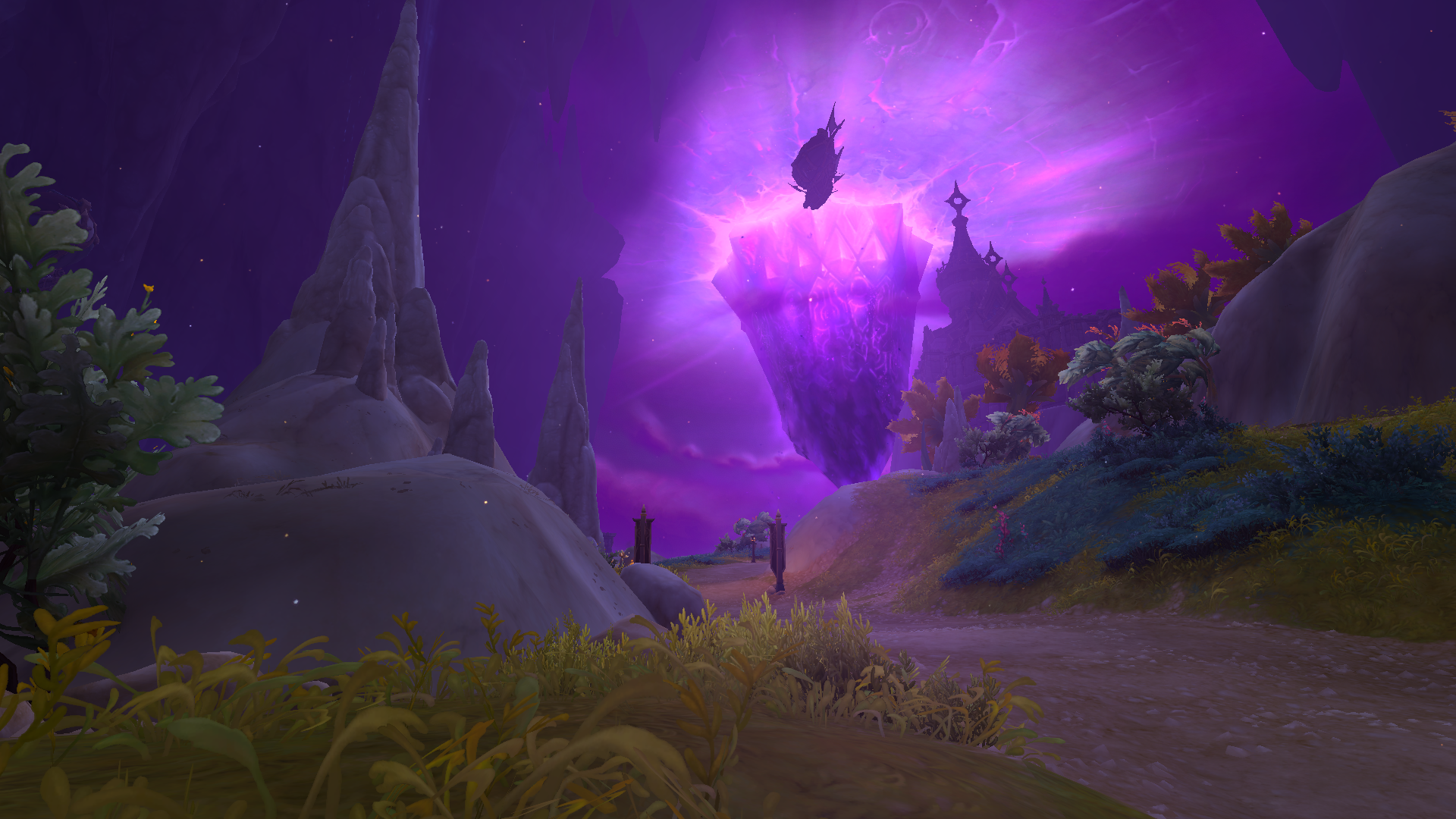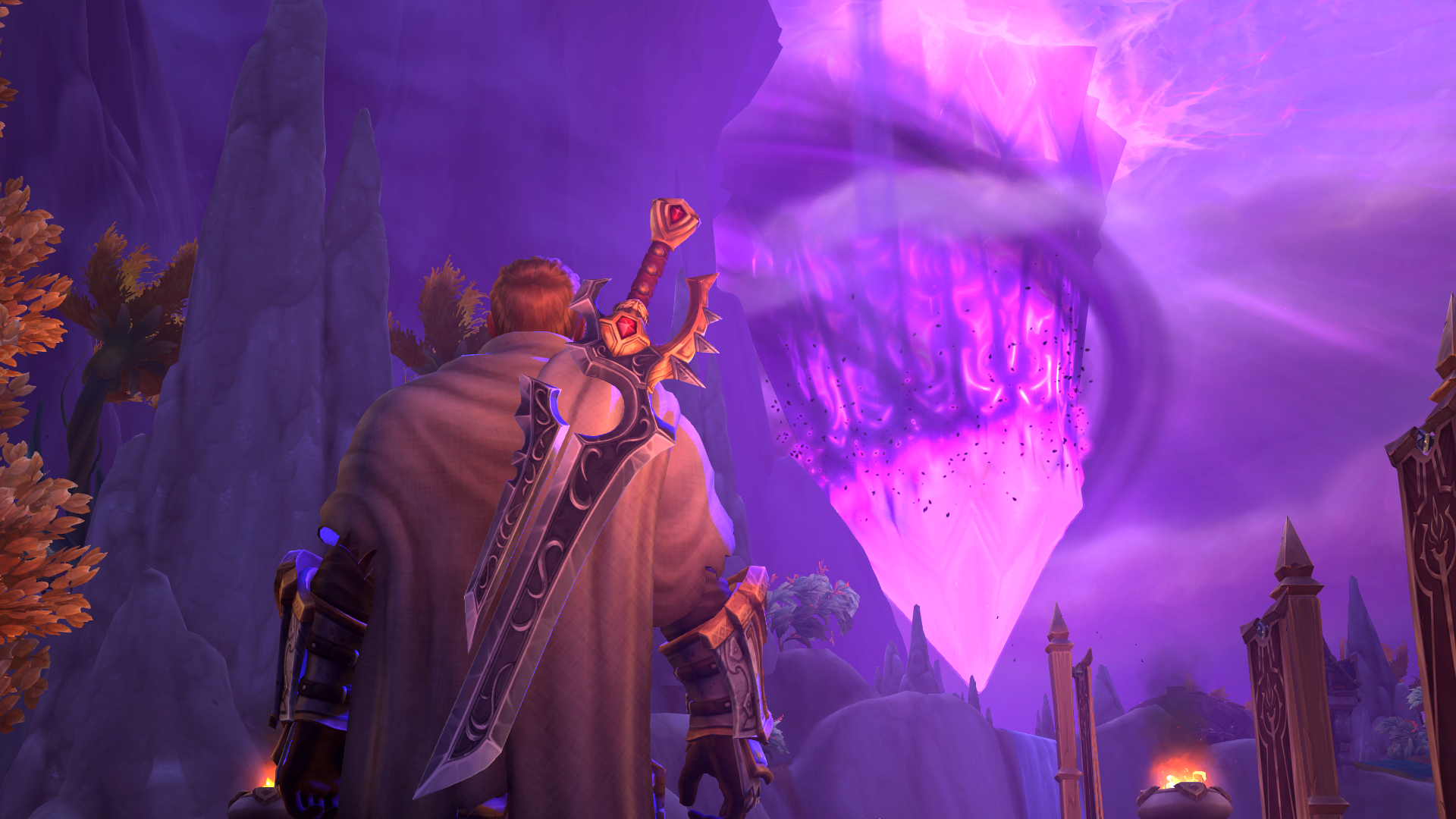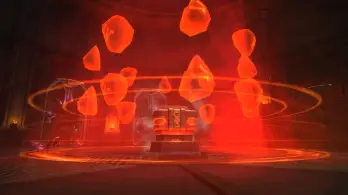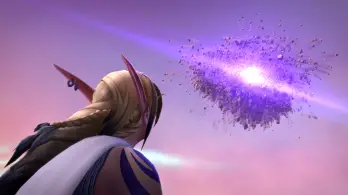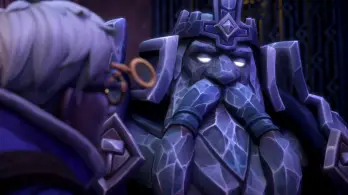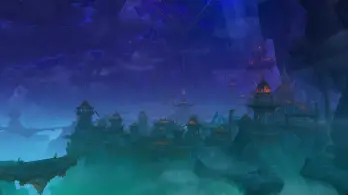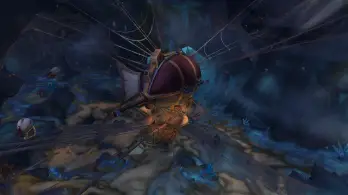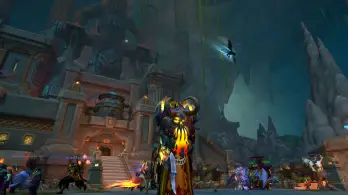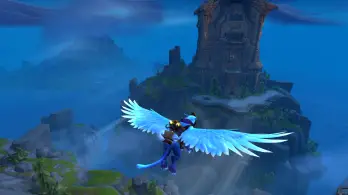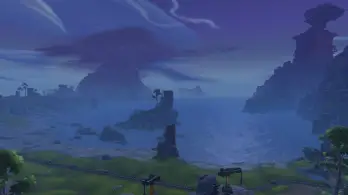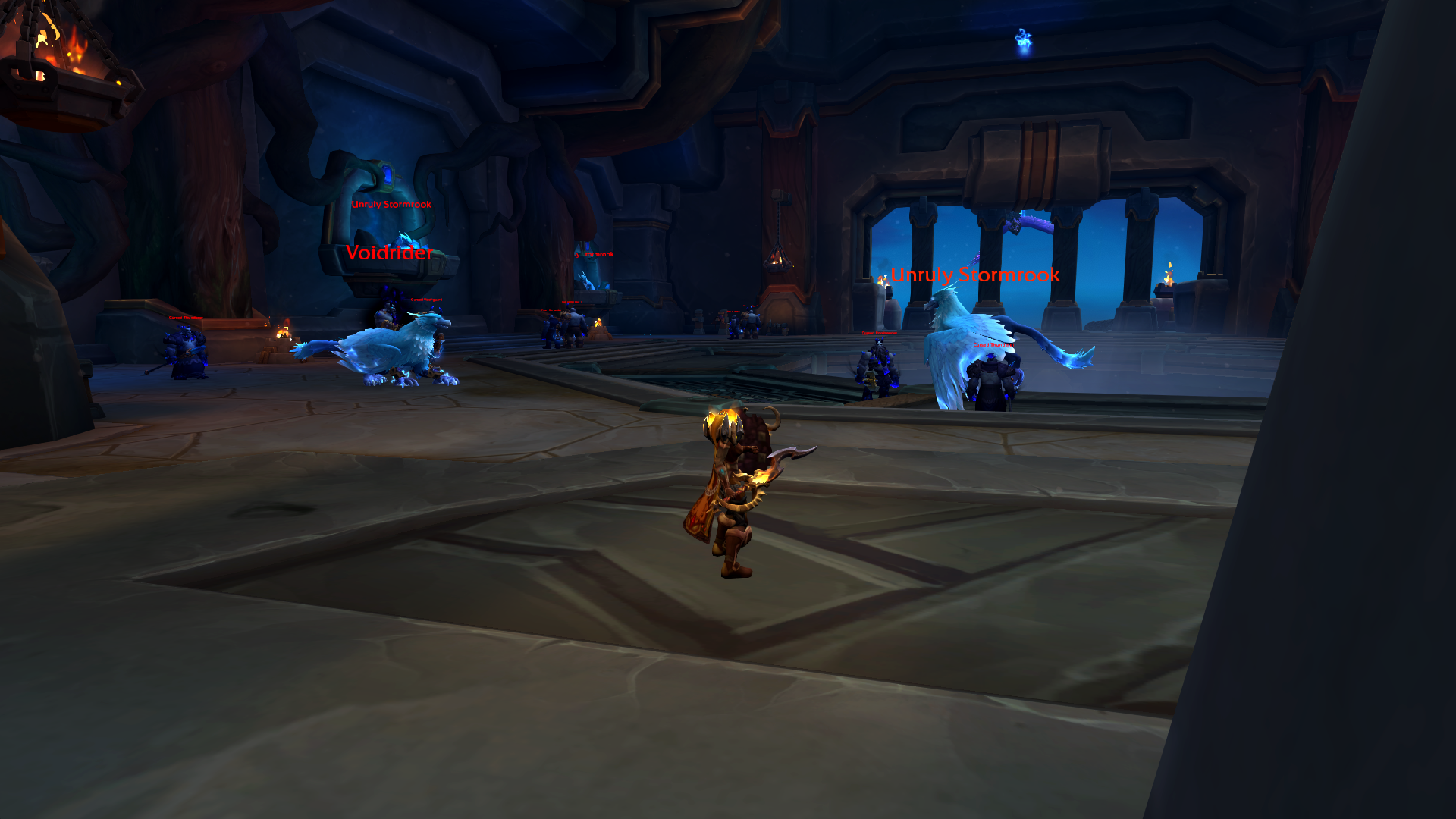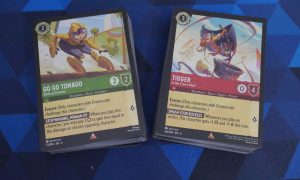It’s that time again.
A new World of Warcraft expansion has arrived, but this one feels a little different. For the first time in WoW history, we’re getting a trilogy of expansions with one narrative throughline.
The War Within marks the first installment of this so-called ‘World Soul Saga’, and we’re off to a flying start. How the rest of the Saga (and the expansion, for that matter) will turn out remains to be seen, but right now, The War Within is the best start to expansion in recent memory.
I released my Review-In-Progress shortly after the launch of The War Within, and while this final scored review might feel a little late, I wanted to save my final rating for when the honeymoon period had well and truly worn off. I think we’re there now, and now that the dust has settled, I’m pleased to report my original glowing sentiment on The War Within hasn’t worn off.
Let’s kick this off by discussing the thing that most people were hotly anticipating going into The War Within: the story.
Blizzard had promised a tighter focus on the story going into The War Within, an area which the game has always struggled with. There has never been a shortage of fantastic lore in WoW, but how the game has presented its mainline stories has often felt rushed and awkward. Many of us would have previously excused those shortcomings as a symptom of the MMORPG genre, but that doesn’t fly anymore because games like Final Fantasy 14 show us that MMO stories can still hit hard.
This time, we’re heading beneath the surface of Azeroth itself in hunt of Xal’atath, an emissary of The Void. We don’t really know who she is or what she’s up to, but we’re certain it’s bad. Our search takes us to Khaz Algar, a remote subterranean continent lost to time.
Here we meet the Earthen, a dwarf-like species best described as Azeroth’s equivalent of sentient robots. It turns out that Xal’atath is indeed in Khaz Algar, and has been causing quite a mess — primarily through her partnership with an ancient and familiar race of intelligent arachnids called the Nerubians, who’s kingdom lies deep beneath the surface of the world.
Our descent into Khaz Algar towards the heart of the Nerubian empire has plenty of twists, turns, and rich character moments. Along the way, we lend a hand to multiple groups and factions who have run afoul of Xal’atath’s scheming, and Blizzard has done a great job of connecting all of the stories at large. We also spend a lot of time with fan-favourite characters like Anduin and Alleria Windrunner and an extensive roster of new ones. New and old characters have been given so much more love this time, with some genuinely great writing and internal conflicts to overcome. For so long, Warcraft’s characters have felt two-dimensional and almost memeable — it looks as though this has started to change.
The main campaign is fairly short. It took me about 8 hours to complete, and I was taking it all in. But unlike previous expansions, I opted to complete the primary campaign without picking up any side quests with the view of picking them up on my alts. Despite the short length, it’s paced exceptionally well, and it’s clear that a lot of money was thrown at the cutscenes — even the in-game cutscenes are much less robotic than in previous expansions.
I didn’t feel shortchanged by the length of the main campaign, mainly because a huge number of side quests are sprinkled throughout each zone. Side quests, too, are excellent in The War Within. They’re much more focused on the cultures and smallfolk of each zone, and many of them tell great stories in their own right.
They’re an opportunity to explore the setting in richer detail, which helps you immerse yourself in the lore and environment with a level of intimacy that I don’t think Blizzard has achieved before this point. Perhaps that’s down to me — I’ve found myself playing The War Within more like a single player RPG than I have in the past. Who knows. All I know is that I’ve not felt this immersed in the ‘world’ of World of Warcraft for a long time.
As mentioned earlier, The War Within marks the first chapter of a three-part story. This alone gives Blizzard more toys to play with, as they have a better understanding of where the story needs to go over the next few years. It gives the writers more time to let their characters breathe, and it shows. I don’t remember when the delivery of an expansion’s story and world was done this well, and I’ve been playing since The Burning Crusade.
All that said, the post level-up campaign was a little underwhelming. We still don’t know what Xal’atath is really up to, and despite the writers’ efforts to build her up as a clever, manipulative villain, we managed to foil her plans quite easily. I hope this isn’t the last we see of Xal’atath in this expansion, and that Blizzard can advance her and our companion’s plotlines in a meaningful way in future patches.
It helps that the zones this time around are fantastic. I was worried when it was announced that three of the four new zones would be underground in The War Within. Thankfully, these underground spaces are vast enough to avoid feeling claustrophobic and pack enough diversity to prevent them from feeling one-note.
They’re some of the most unique zones we’ve ever seen in Warcraft. Sure, the Isle of Dorne is a fairly typical dwarven-inspired Warcraft zone with verdant fields and tall mountain peaks, but things get a little weirder as we go down.
Another zone, The Ringing Deeps , is a place of dwarven industry, where you’ll find echoes of industrialization, such as pipes and railroads winding through the caverns, mining towns, grand furnaces, and enormous waterworks
A special shout-out needs to go to the third of the four new zones, Hallowfall, an underground cavern so vast that if you were just dropped in, you probably wouldn’t realize it was underground. That, and the strange crystal-like formation that looms above, illuminating the cave like a sun, turning purple once in a while to plunge the world into darkness.
In fact, the only zone I don’t love is the final one, the home of the Nerubians: Azj-Kahet. It’s a little too gloomy for my liking, perhaps a little one-note. It also helps that the zones are propped up by some of the best music we’ve had in a while. WoW’s music is always great, but it’s on another level this time.
Throughout Khaz Algar, you’ll also discover The War Within’s brand new feature: Delves. They’re essentially bite-sized dungeons that can be completed solo or with a group. You’ll also have an AI companion with you, who has his own meta progression and will help you out as either a healer or damage dealer.
Each delve has its own story, enemies, and mechanics to deal with; one stand-out one was set underwater and had me taking down mobs that were empowering a menacing-looking octopus. Another had me bouncing from platform to platform on enchanted mushrooms while explosive spores threatened to knock me off the edge (or into groups of enemies).
I was originally worried that Delves might get repetitive fairly quickly, but I’m pleased to report that I still enjoy running them. It helps that the objectives within the Delves change on a weekly basis, with each Delve having 3 variations that it can pull from for the week. They’re also a fantastic way of giving players who want a more casual solo experience the opportunity to earn decent gear.
Delves are a perfect way to play my alts. Higher difficulties offer enough challenge that I’m forced to think about my rotation, defensives and utility. Through Delves I can learn classes I’m less familiar with and earn enough decent gear to start tackling more difficult group content, which makes them a worthy addition to the pillars of WoW’s end-game content.
Dungeons this time around are great too, although it’s a shame that half the dungeons aren’t available in challenging difficulties now that Season 1 is in full swing. Instead, half the dungeons are taken from the pool of new ones, where the other half are older dungeons that have been updated with more modern mechanics. This also happened in Dragonflight, and while I understand Blizzard’s reasoning for doing so, it feels strange to have half the new dungeons be pretty much useless until the next season rolls around.
The new raid, Nerub-ar Palace, also feels great. As of writing I’ve only made my way through LFR and Normal mode, which are both pretty easy even in PUGs, but the mechanics are super involved and there’s some great spectacle to a lot of the fights. My particular favourite is boss half way through that actually serves as a final boss in one of the dungeons, so you’re here to finish it off. The way it clings to the side of a raised platform and forces you to follow her around during the fight, all while dodging pools of poison, is nowhere near getting old.
For players who aren’t interested in instanced content, there’s a lot of open-world content to keep you busy. Each of the four new factions has 25 tiers of renown (previously known as reputation) to work through for cosmetic rewards like mounts, pets, and transmog. While there are some power-related rewards given for working through the renown tiers, they’re not overly strong. That’s a great decision in my book, because it enables capping renown to feel like worthwhile optional content, rather than something mandatory.
You’ll earn renown by completing weekly tasks associated with that faction, killing rare spawns in their zones, doing world quests, and more. It’s busy-work, sure, but for those who want something relaxing to do while still progressing their account, it’s great. It also helps that The War Within introduces Warbands, a form of cross-character progression that means most non-power related progression, such as reputation, currencies, and map completion, is shared across all characters. Gone are the days of putting off alts because you don’t want to grind reputation again or logging into a new character to see your map bursting with icons that demand your attention. Warbands make playing WoW more simple and less of a chore.
Let’s pivot across to Hero Talents now; a new form of progression themed around your class. Unlocked at level 71, they essentially bolt onto your existing talent tree and work like normal talents — each level you’ll get a point to invest. That’s 10 points in total from levels 71-80.
Each class has a total of 3 Hero Talent trees available to them, but one is locked depending on your specialization. For example, my Paladin’s trees are Lightsmith, Templar, and Herald of the Sun, but in Retribution I can only choose either Templar or Herald of the Sun. In Protection, I can select either Templar or Lightsmith.
I’ve played with both the Templar and Lightsmith trees extensively, and while they don’t switch up your playstyle in a colossal way, these two at least are pretty fun. Templar, for example, gives a huge one-bang that can be used straight after my hardest-hitting ability. It looks great, sounds great, and does loads of damage. You also rain down hammers of light, which look fantastic, even if they can sometimes get lost in the Paladin’s other flashy abilities. My hunter’s Hero Talents, on the other hand, are kind of boring. On him, I’m running Sentinel, which is almost entirely passive. It doesn’t add too much visual flair either, which is a bit of a letdown.
I’ve not tested all the Hero Talents trees in the game, but my general sense is that they’re a bit of a missed opportunity. While there are some wins (Paladins got lucky), I understand that many of them lack that visual flair that could have delivered a more engaging class fantasy. It’ll be interesting to see how Blizzard continues to develop them over time because there is certainly promise in the idea.
Overall, The War Within marks a pivot in Blizzard’s design philosophy that started in Dragonlight — making the game more accessible and solo-friendly, a game that has more respect for the player’s time. For someone who’s a lot busier than they were 17 years ago, this is an exciting proposition. That said, even the typical WoW fare is excellent this time around, with fantastic zones, quests, dungeons, end-game activates and a solid raid. If this new era of WoW continues on its current trajectory, I can see myself being along for the ride for another 17 years.
Kristian (or Kris for short) is a copywriter by day, button presser by night. Based in the UK, Kris loves any game that allows him to swing a sword, fire an arrow, or sling a ball of fire, but ultimately he's not too fussy. On the rare occasion Kris isn't writing or gaming, you'll probably find him in the bath with a good book.

The War Within marks a pivot in Blizzard’s design philosophy that started in Dragonlight — making the game more accessible and solo-friendly, a game that has more respect for the player’s time. For someone who’s a lot busier than they were 17 years ago, this is an exciting proposition. That said, even the typical WoW fare is excellent this time around, with fantastic zones, quests, dungeons, end-game activates and a solid raid. If this new era of WoW continues on its current trajectory, I can see myself staying along for the ride for another 17 years.
PROS
- Much improved level-up campaign
- Solid and plentiful side quests
- Unique, immersive zones
- More solo-friendly content
- WARBANDS!
CONS
- Anti-climatic story
- Hero talents are hit or mis
See below for our list of partners and affiliates:
